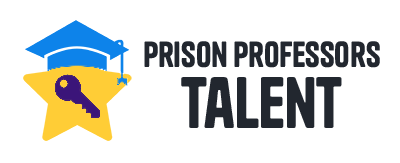This is a book of short essays written by Gladwell and published in 2009. It’s broken down into three different sections with the essays ranging from a couple pages to over twenty. The first section deals with Gladwell’s take on Pioneers and Minor Geniuses. It takes a few essays to adapt to Gladwell’s writing style. He introduces the person he wants to highlight in his essay and then he introduces the other subject matter that he wants to compare this individual to before he winds back to the main character. Then he weaves in other multiple individuals complete with physical descriptions or how this person is tangentially related to the theme. One of the best things about Gladwell’s essays is that he’s always giving you a different perspective on the person about whom he’s writing.
In the second section he dealt with Theories, Predictions and Diagnoses. I especially enjoyed the essay about plagiarism because he had to challenge his own way of thinking. I think this is one the signs of a superior intelligence; to be able to challenge your own paradigm without feeling defensive or threatened means you are open to new perspectives and a different version of “the truth”. I also appreciated the essay about Enron in the second section because it defined the difference between a mystery and a puzzle. I don’t want to ruin the book if you haven’t read it. That explanation was worth reading the whole book because now I can challenge myself – do I have too much information or do I not have enough?
The final installment in his book focused on Personality, Character and Intelligence. There was another essay about Enron and their hiring issues. I thought it was especially telling how twenty years ago our society praised Enron as one of the best companies in the market and then it collapsed like a house of cards. Changing the models on which our business models are built might seem innovative, but if they are tried and tested, do we prefer innovation over what is more reliable? Or is our society focused only on making money faster than it can be printed? I also thought the essay on criminal profiling was interesting. I am re-reading that in conjunction with the essay in the second section about dealing with the homeless problem. He talked about the statistical models of how people who were unhoused was not shaped like a bell curve, but more like a hockey stick and the essay on criminal profiling dealt directly with ways to pinpoint police help like laser so an entire race is not targeted. I think there are many ways this insight can be used to target the issues behind prison advocacy better. Instead of targeting prison as a monolith, this insight can be applied to micro problems and create better, longer lasting change to be more effective.
I learned a lot from reading Gladwell’s book and look forward to the next Gladwell book recommended to me by my friend, Blink.

